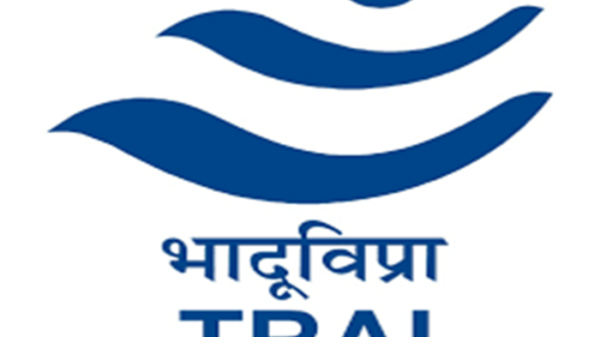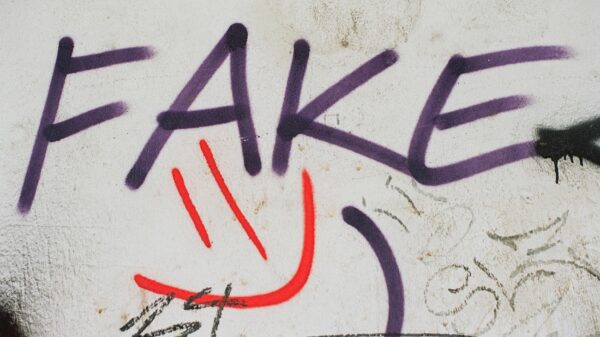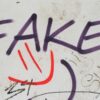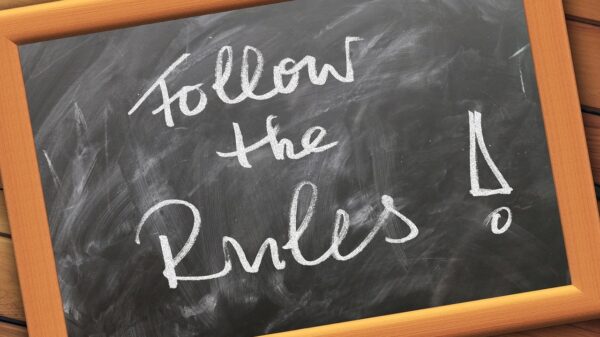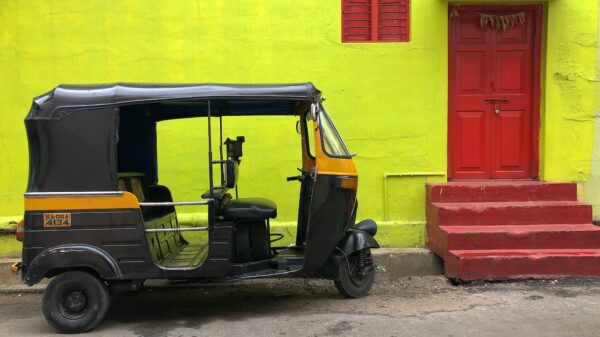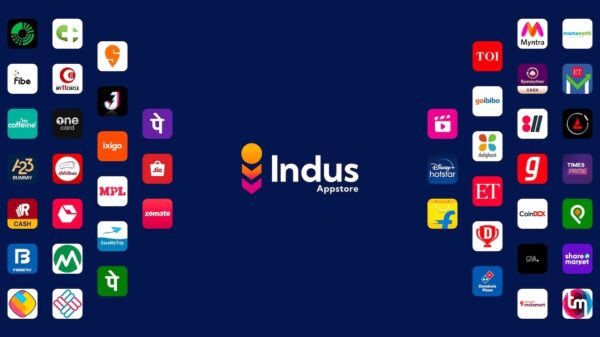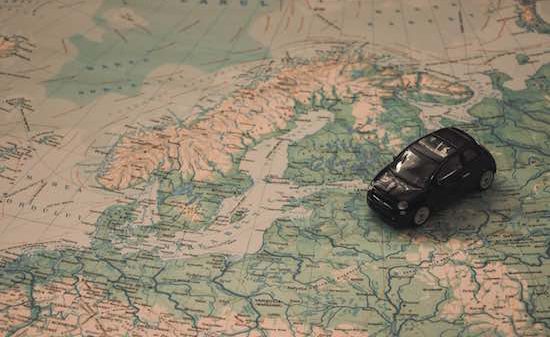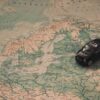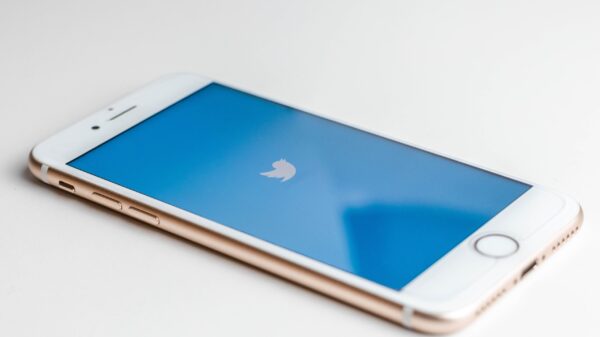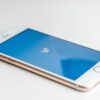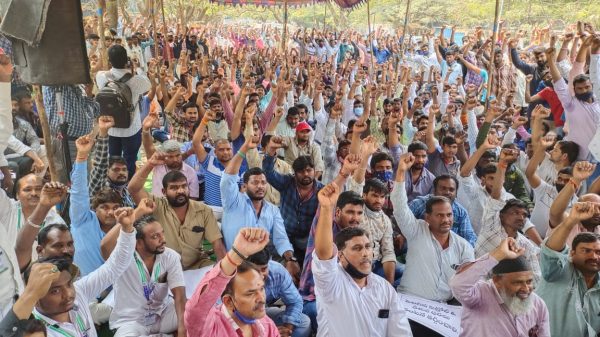Twitter was granted a patent last week for an unmanned aerial vehicle (read as drones) which can be controlled by users and take pictures and videos. The development was first reported by CNBC. Twitter responded to the publication's queries with: "Two words: Drone selfies." Twitter has been working drones since the Cannes Lions Prix awards in June 2014. During the event, there were several drones which were flying about capturing pictures and videos called "Dronies". You can check out all the pictures on this handle. The patent though, is called Messaging-Enabled Unmanned Aerial Vehicle and was filed by Twitter's engineers Ya-Ting Wang and Wayne Robins. Here's the abstract: An unmanned aerial vehicle (UAV) carries a camera, sends data from the camera, and receives commands. The UAV is connected to a messaging platform. Pictures or video clips received from the UAV are selected and placed in messages broadcast by an account associated with the UAV. Video footage from the camera is live-streamed in a card-type message. Account holders of the messaging platform may control the UAV with commands embedded in messages and directed towards an account associated with the UAV. Controllable elements of the UAV include UAV location, camera orientation, camera subject, UAV-mounted lighting, a UAV-mounted display, a UAV-mounted projector, UAV-mounted speakers, and a detachable payload. UAV control may be determined through democratic means. Some UAV functionality may be triggered through aggregated engagements on the messaging platform. The UAV may include a display screen and/or a microphone to provide for telepresence or interview functionality.…

